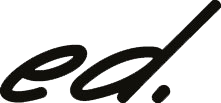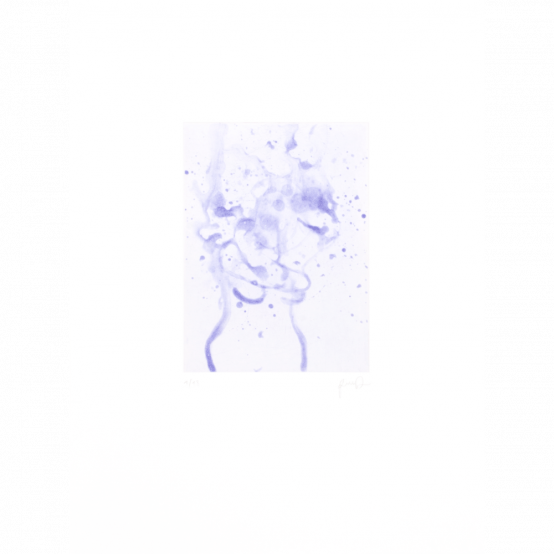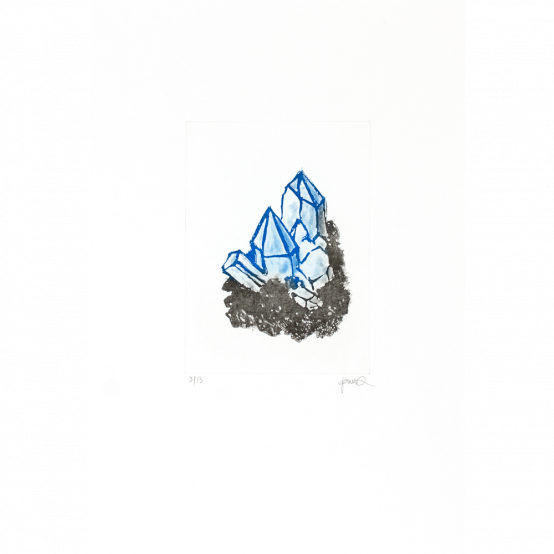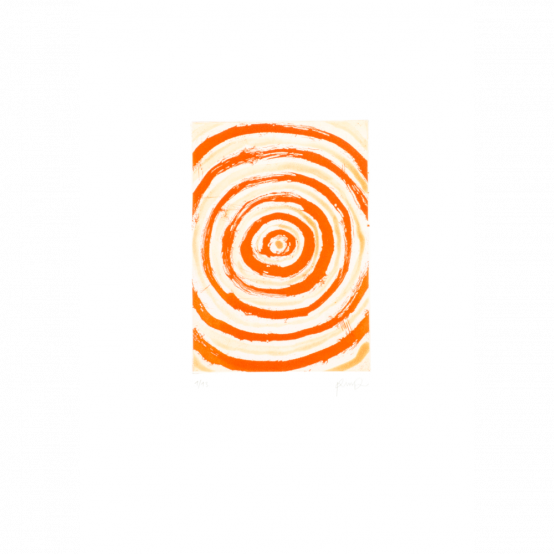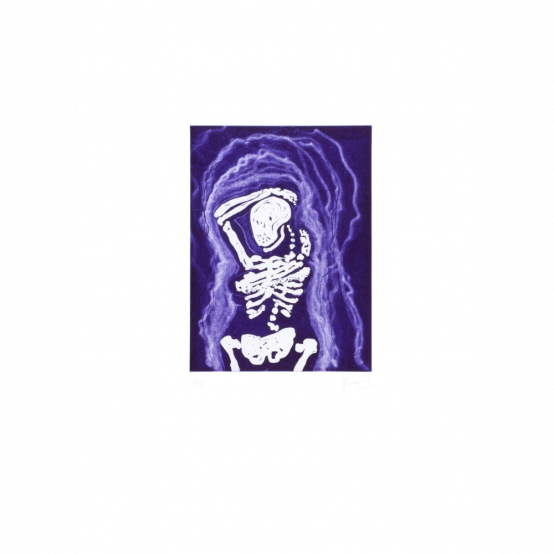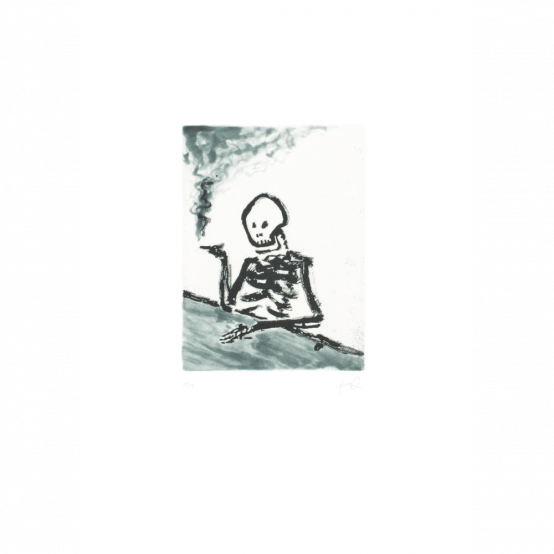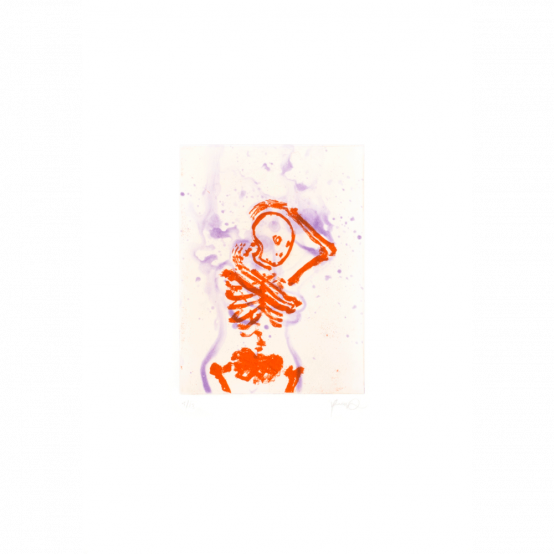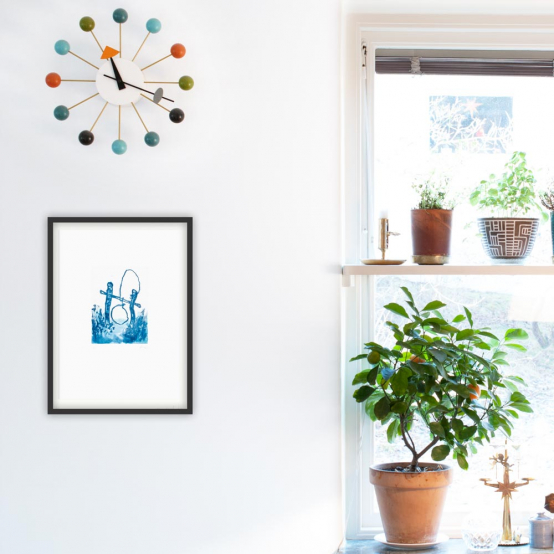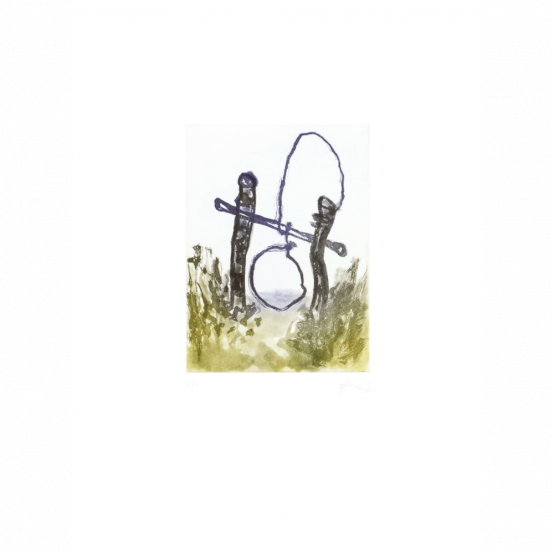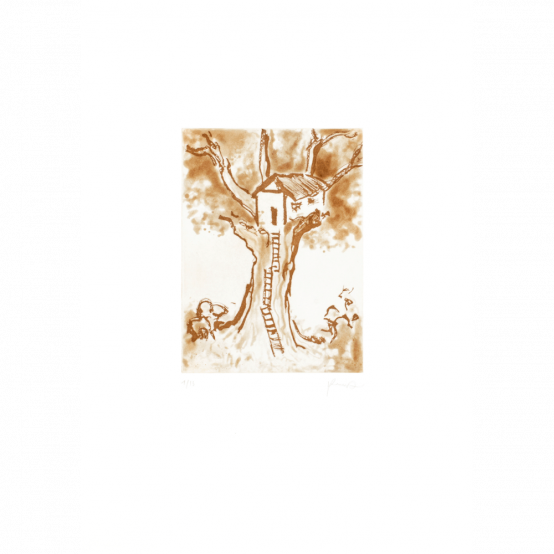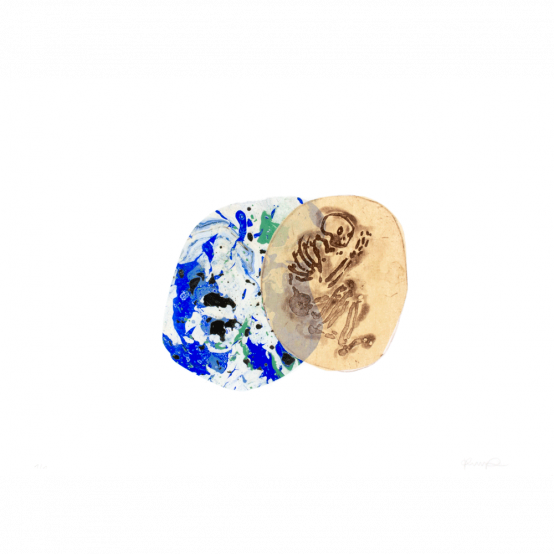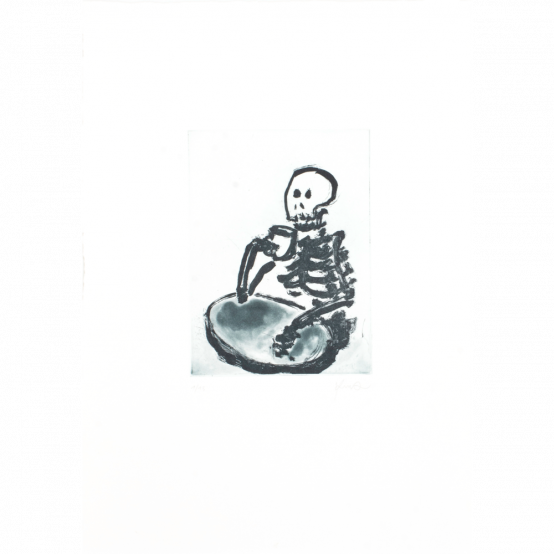the logic of dreams
In his new etchings, Patrick Wagner tries to capture the logic of dreams, in floating, soft brush strokes. We asked him about their background, but also about life as a printmaking teacher in the era of the pandemic and what’s actually happening with the gigantic lithographic press that he pried into a barn in the deep forests of Swedish Småland.
How would you describe your new series of prints?
– They started out with a very clear feeling of what I was after, but with very fuzzy visuals. In the dream there is a logic that doesn't make sense when you are awake, you're left with fragments of a story, glimpses half remembered. As such I've drawn them, and as such I've chosen their colours. The story is in them still, somewhere, but I've forgotten everything about the dream I saw them in.
– I used floating, soft brush strokes to create these images, layering colours, refusing defined borders. The colours too, don't have to stay confined to a single area, they bleed and form hazy auras. The decisions are made rather quick, and no proofing or fiddling with the images. When painting them I felt good and trusted myself and my hands, that the lines would flow right.
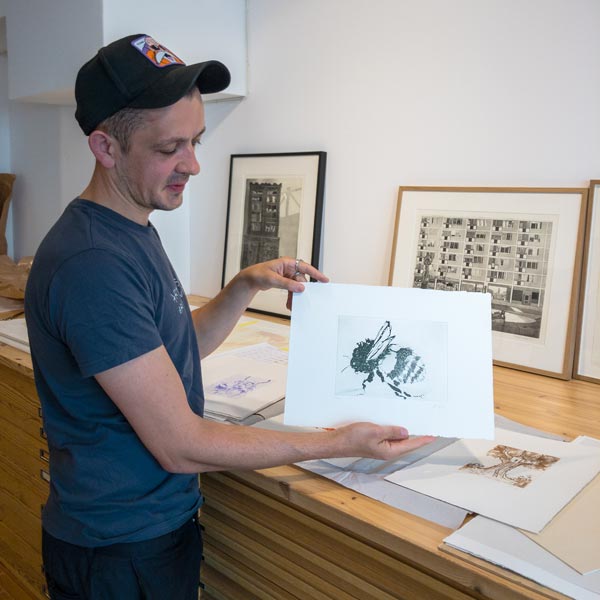 Patrick Wagner showing his Bumblebee print at ed. art in Stockholm
Patrick Wagner showing his Bumblebee print at ed. art in Stockholm
How did you make them?
They are a mixture of sugar lift and spit bite. Sounds like alchemy both, but isn't all that obscure. In sugar lift a special tusche is prepared with lots of sugar, then the drawing is made using that ink. The plate is covered with lacquer, and submerged in hot water - it will reach the sugar and make it grow, breaking the lacquer and exposing the plate, making it possible to etch there. Spit bite is drawing with strong acid on a plate using a brush, so it is good to be working in a safe environment. A great technique for painterly, watercolour like results.
Last year you moved a gigantic litho press from Switzerland to a barn in Småland. How is that project coming along?
That was 2018 actually, time really does fly. It goes slow, difficult to make funds and time to work available at the same time. Then 2020 happened and didn't exactly make everything easier. The press is there, sleeping its beauty sleep. I've rebuilt most of the barn into a great workspace, think it'll be up and running by next summer.
Right now you’re residing in Braunschweig, what are you doing there? How is the pandemic affecting art life in Germany?
After my time at Royal Institute of Art in Stockholm I was offered a lecturer position at the University of Art in Braunschweig, teaching printmaking. Germany has been rather strict with the pandemic rules, my students suffered from it a lot. But we're actually open since May, wearing mandatory masks all day, but getting a lot done.
Like many artists, for me the pandemic was and is difficult. Maybe a bit more time, but less access to workspaces, or more restrictions. Being a lecturer my job was safe, but still lots to worry about, the wellbeing of friends and family. I wasn't my most productive, took me quite a while to get into the right mindset. While I visited Sweden and my printshop the rules changed, and on return I had to go into strict quarantine for 14 days, where I wasn't allowed to leave my apartment in Braunschweig, and the local health authorities checking that I was home. Great time to get some reading done.
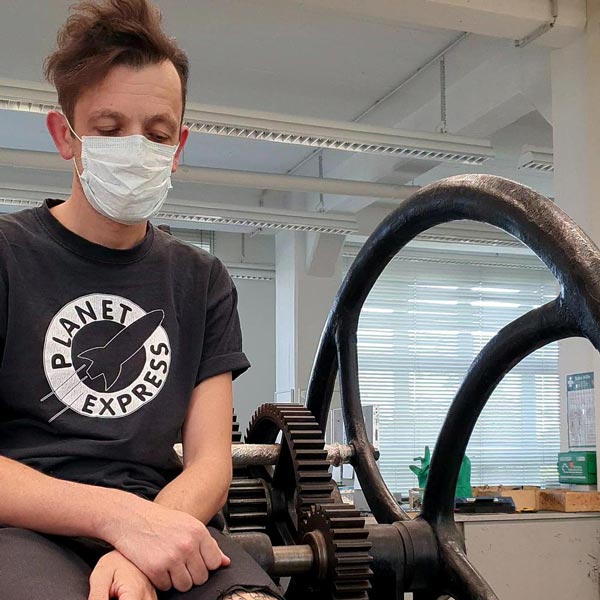 Students and teachers are working with masks on school premises in Brunschweig where Patrick Wagner teaches
Students and teachers are working with masks on school premises in Brunschweig where Patrick Wagner teaches
